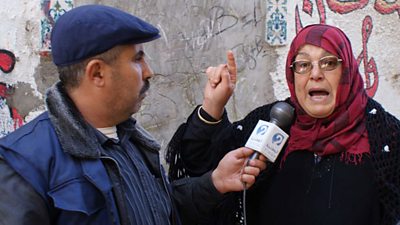Downloads
This report shares findings from our research on these questions, which was among the first conducted after the two countries’ 2011 elections.
Publication date: March 2015
Authors: Najla Dowson-Zeidan, Tim Eaton and Karen Wespieser
Much has been written about the media in Libya and Tunisia following the revolutions of 2011, most of it focused on the role of social media, mobile telephony and the internet, as well as on rapidly proliferating private media. There has been little research, however, that looks at the media through the eyes of those who consume it.
Our study investigates the potential for research innovation in the form of field experiments to contribute to our understanding of the intersection between media, democracy and governance. It reviews the small body of pioneering field experiments on media and political development and it outlines some of the obstacles to conducting field experiments in the sector and learning from them. Finally, the report suggests opportunities for building a body of experimental evidence that can inform democracy and governance interventions in the media assistance sector.
This report draws on the work of ����ý Media Action in Tunisia and Libya and collates audience research undertaken in 2013 and 2014 exploring people’s perceptions of the media during that period. Statistics and analysis given reflect this research.
This paper does not attempt a comprehensive analysis of the distinct, fast-changing and complex Libyan and Tunisian political and media landscapes, but is intended to summarise and draw insights from two sets of research which we hope will contribute to a better understanding of how people in these countries view their media.
